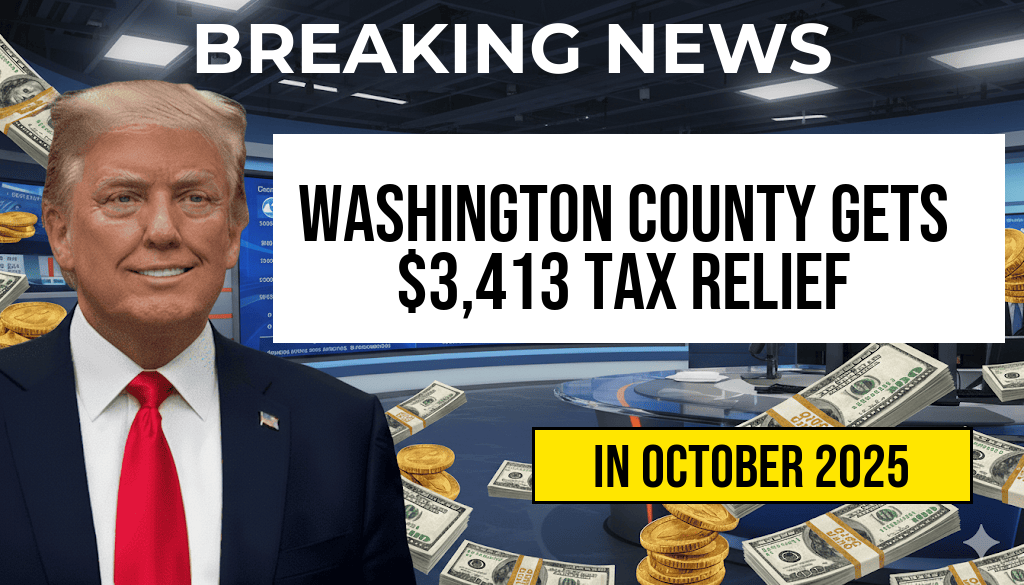Federal budget authorities have announced a sweeping reduction totaling $1.1 trillion in government funding, resulting in the suspension or significant scaling back of numerous public programs across multiple sectors. The budget cuts, which stem from ongoing negotiations over fiscal priorities and debt ceiling concerns, are expected to impact social services, education, healthcare, infrastructure, and scientific research. Agencies across the federal government are already initiating contingency plans to manage the abrupt decrease in funding, raising questions about the short- and long-term effects on communities and national priorities. The move marks one of the most substantial austerity measures in recent U.S. history, prompting widespread concern among policymakers, advocacy groups, and beneficiaries of federal programs alike.
Scope and Impact of the Budget Reductions
Breakdown of the Cuts
| Program Area | Amount Cut |
|---|---|
| Social Security & Medicare | $250 billion |
| Education Funding | $150 billion |
| Healthcare Programs (excluding Medicare/Medicaid) | $120 billion |
| Defense & National Security | $200 billion |
| Research & Development | $100 billion |
| Infrastructure & Public Works | $80 billion |
| Other Social Services | $200 billion |
The reductions are distributed unevenly, with some sectors experiencing more immediate and profound effects than others. Notably, defense and healthcare programs face substantial cuts, raising questions about national security and public health resilience. Education and social services also face significant funding reductions, with many local agencies warning of service disruptions and staff layoffs.
Reactions from Policymakers and Advocacy Groups
Political Divisions and Debates
Lawmakers remain divided over the budget cuts, with Republicans emphasizing the need for fiscal responsibility and reducing federal debt, while Democrats criticize the reductions as harmful to vulnerable populations. Senate Minority Leader Chuck Schumer issued a statement condemning the cuts, warning they would “devastate essential services and exacerbate inequalities.” Conversely, some conservative legislators argue that the austerity measures are necessary to curb excessive government spending and promote economic stability.
Community and Sector Responses
- Healthcare: Major hospitals and clinics warn of potential service shortages and increased patient wait times, especially in rural and underserved areas. The cuts threaten to undermine efforts to combat ongoing public health crises, including mental health and chronic disease management.
- Education: School districts are bracing for reduced federal grants, risking layoffs of teachers and program closures, particularly in low-income districts heavily reliant on federal aid.
- Research and Innovation: Universities and scientific institutions face suspension or delay of critical research projects, potentially impacting technological advances and medical breakthroughs.
- Social Services: Nonprofits and government agencies warn that reductions could cause increased homelessness, food insecurity, and other social issues, disproportionately affecting marginalized communities.
Legal and Procedural Implications
Funding Disruptions and Administrative Challenges
The sudden scale of the $1.1 trillion cut has prompted agencies to implement emergency measures to prioritize essential services. Many departments have begun issuing notices of temporary closures, layoffs, or service reductions, with some programs facing complete suspension pending new funding agreements. The federal government also faces legal challenges related to the implementation of these cuts, as some programs are protected by statutory funding commitments or court rulings.
Potential for Reversal or Modification
Legislative leaders are expected to debate the possibility of reversing or modifying the cuts through upcoming budget negotiations. The Biden administration has signaled willingness to work toward a compromise, though details remain uncertain. The next few weeks will be critical in determining whether fiscal policy will stabilize or lead to prolonged disruptions across key sectors.
Broader Economic Context
Implications for National Economy
Economists warn that the scale of these cuts could slow economic growth, increase unemployment in affected sectors, and dampen consumer spending. The reductions come amid concerns about inflation and rising interest rates, complicating efforts to foster a stable economic environment.
Historical Perspective
While large-scale federal austerity measures are rare in recent U.S. history, comparable episodes have historically led to economic contractions and public dissatisfaction. Experts point to the importance of balanced fiscal strategies to avoid long-term damage while addressing debt concerns.
As discussions continue, the public and policymakers alike face the challenge of balancing fiscal discipline with the need to maintain vital public services. The coming weeks will reveal whether the government can navigate this fiscal tightening without causing widespread hardship or if additional legislative action will be necessary to mitigate the fallout.
For further insights into federal budget processes and historical funding trends, visit Wikipedia’s page on the Federal Budget of the United States.
Frequently Asked Questions
What is the main impact of the federal grant cuts described in the article?
The federal grant cuts of one trillion one hundred billion dollars have led to the suspension of various public programs, affecting communities that rely on government funding for essential services.
Which public programs are most affected by these budget reductions?
Programs such as public health initiatives, education grants, social services, and community development projects are primarily impacted by the significant decrease in federal funding.
What are the reasons behind the federal grant cuts?
The federal government has implemented these cuts due to budgetary constraints, deficit reduction efforts, and shifting policy priorities, leading to a substantial reduction in available funds for public programs.
How might these grant cuts affect local governments and organizations?
Local governments and organizations may experience reduced resources, program cancellations, and increased financial strain, which could hinder their ability to serve community needs effectively.
Are there any measures being taken to mitigate the effects of these cuts?
Some state and local entities are exploring alternative funding sources, reallocating existing resources, and advocating for policy changes to offset the impact of the federal grant reductions.






